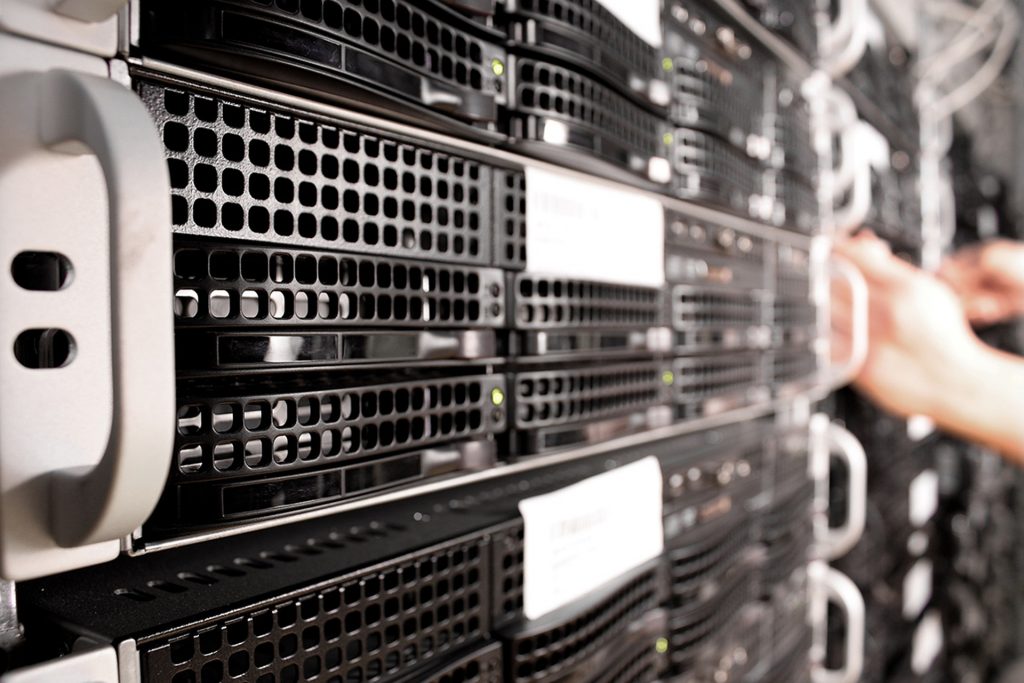
Solid State Drives (SSDs) and Non-Volatile Memory Express (NVMe) drives are two popular types of storage devices commonly used in servers and data centers. Understanding the key differences between these technologies can help you make informed decisions about which type is best suited for your specific use case.
What is an SSD?
SSD stands for Solid State Drive. Unlike Hard Disk Drives (HDDs) that use rotating disks to read and write data, SSDs have no moving parts and instead use flash memory to store data. This leads to much faster data access times and lower latency compared to HDDs, making SSDs a popular choice for many applications.
What is NVMe?
NVMe stands for Non-Volatile Memory Express. It’s a relatively new protocol designed to connect the host (like a server or a computer) to the memory subsystem. The main difference between NVMe and older protocols like SATA (which is often used with SSDs) is that NVMe uses the PCIe (Peripheral Component Interconnect Express) bus, which has a more direct path to the computer’s CPU. NVMe drives are also often built with SSD technology, so sometimes you’ll hear about NVMe SSDs, which are SSDs that use the NVMe protocol.
SSD vs NVMe
While all NVMe drives are SSDs, not all SSDs are NVMe drives. A key difference is the protocol they use to connect to the rest of the system.
- SSDs with SATA interface: These drives are limited by the SATA interface’s maximum bandwidth, which is typically around 600 MB/s. This is significantly faster than a traditional hard drive, but slower than an NVMe drive.
- NVMe SSDs: Because NVMe uses the PCIe bus, it can handle higher data transfer rates, up to 3,500 MB/s or more. This makes NVMe SSDs significantly faster than SATA SSDs.
Which Should Be Used in Servers or Data Centers?
When deciding between SSDs and NVMe SSDs for cloud servers or data center use, there are several factors to consider:
- Performance: If high-speed data access is critical for your operations, NVMe SSDs are the better choice due to their higher potential data transfer rates.
- Cost: SATA SSDs are generally less expensive than NVMe SSDs. If budget is a concern, and the higher performance of NVMe is not required, SATA SSDs may be a more cost-effective choice.
- Capacity and Endurance: Both SSD and NVMe drives come in various capacities and endurance levels. High-endurance drives are better suited for data center environments where drives are often written to and read from heavily.
- Compatibility: NVMe drives require a compatible PCIe slot. While most modern servers have these, some older servers might not. Check your server’s specifications before deciding.
In conclusion, the choice between SSD and NVMe for servers or data centers depends on your specific requirements, including performance, cost, and hardware compatibility. NVMe drives offer superior performance, which can significantly improve server response times, making them ideal for high-performance tasks or applications. However, SATA SSDs might be more than sufficient for less data-intensive applications and are generally more cost-effective.